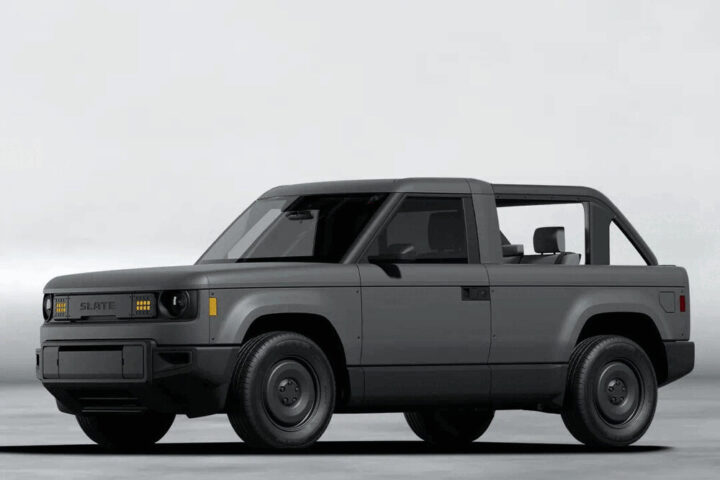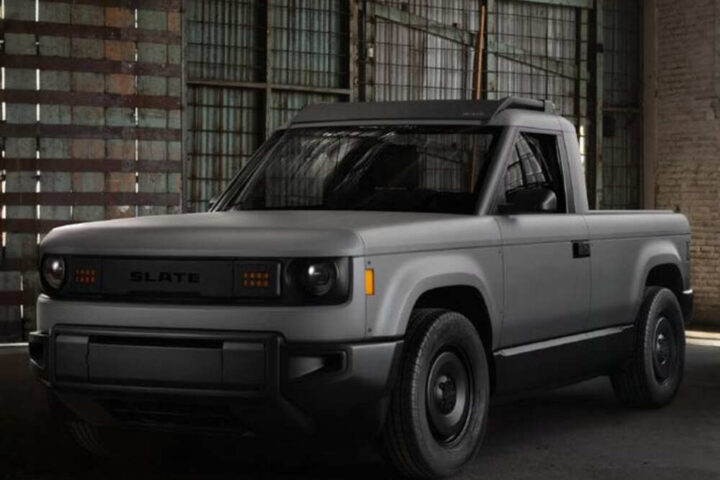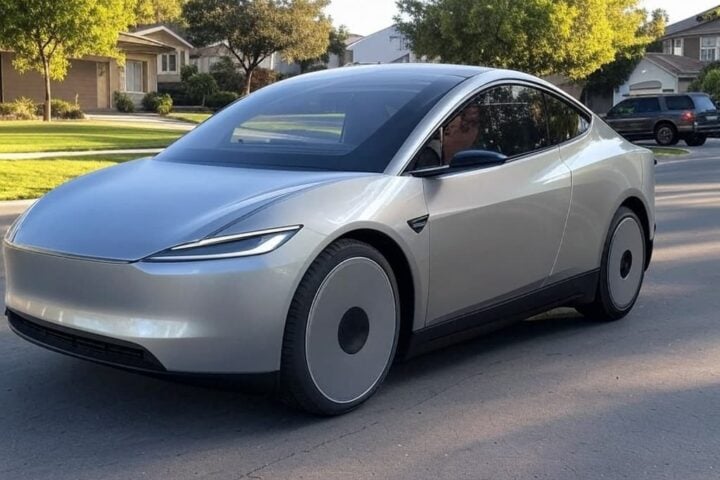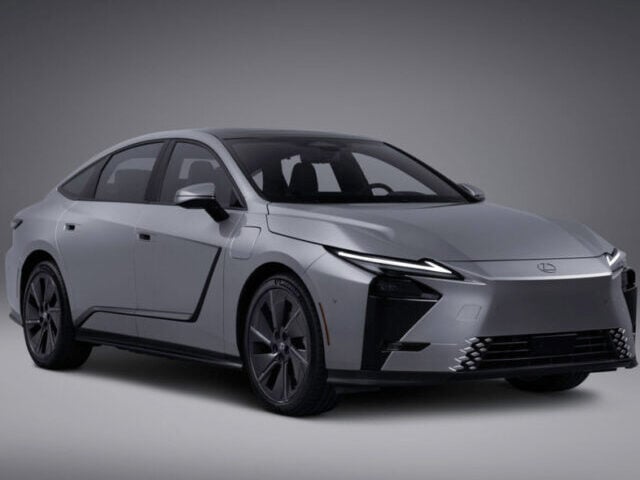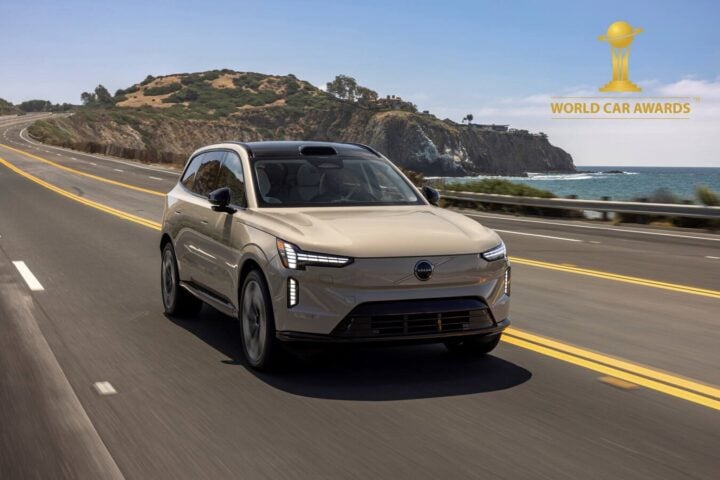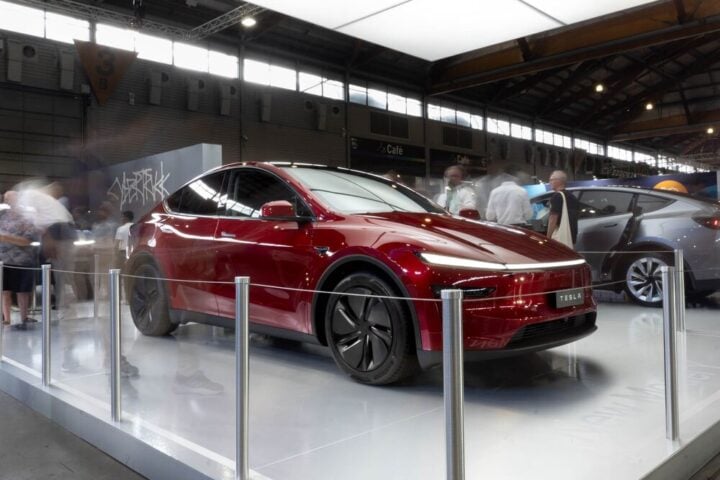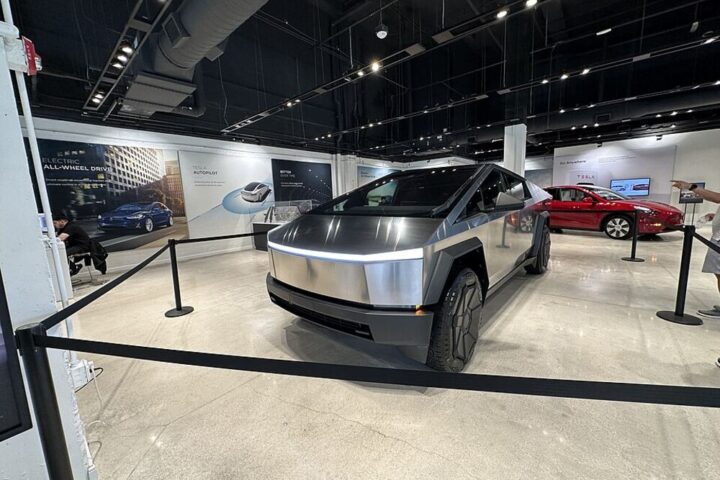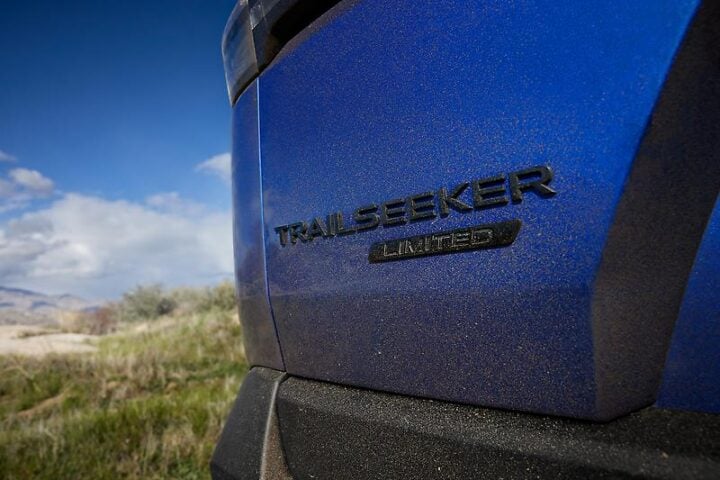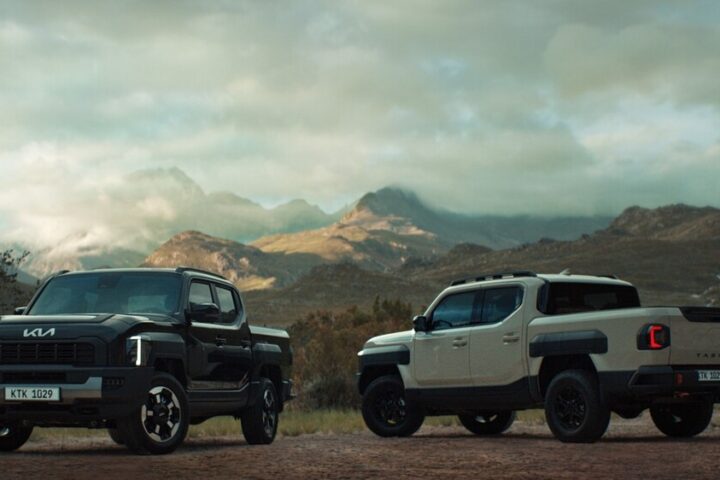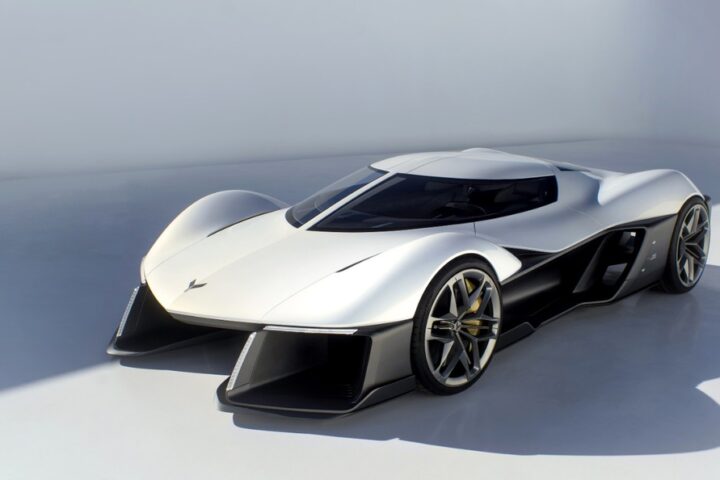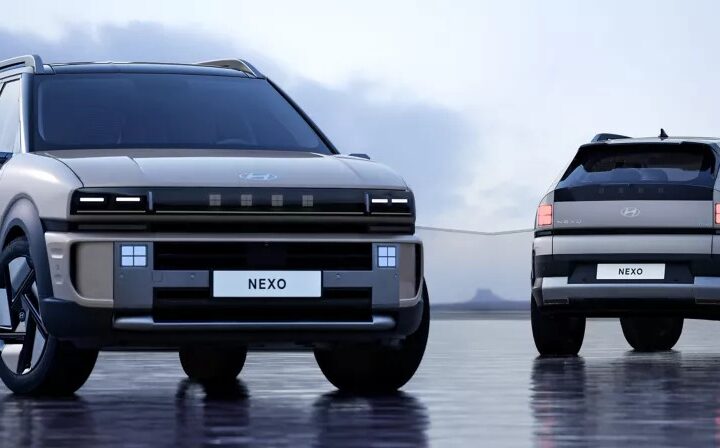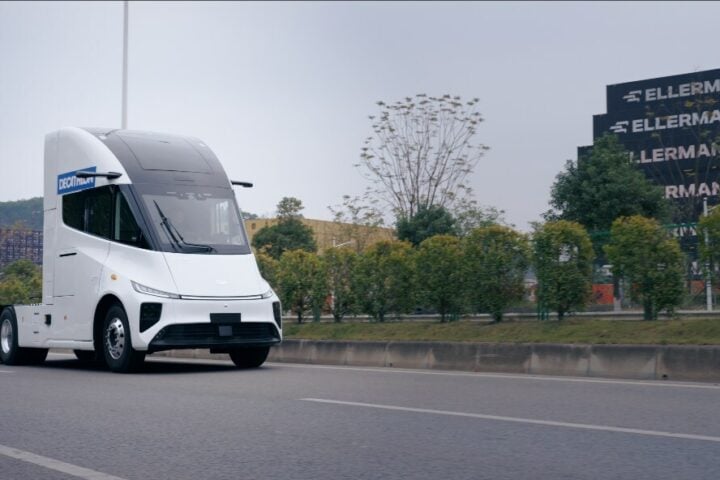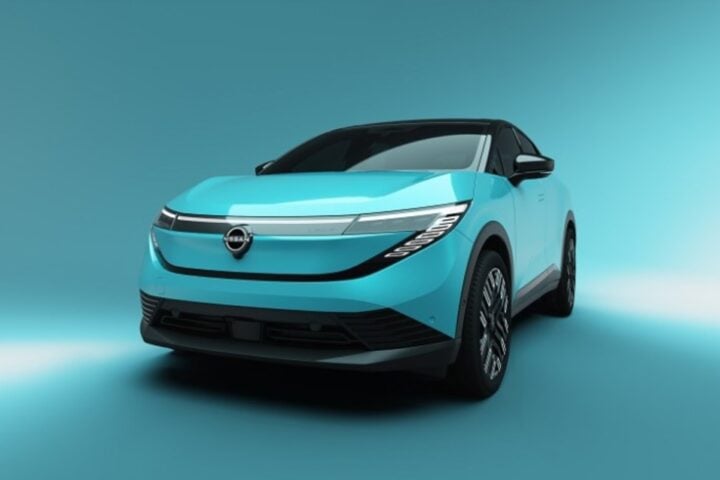As the world faces climate change, transportation is a major source of global emissions. However, the recent move by BrightDrop, General Motors’ electric delivery spinoff, to introduce its electric vans in Mexico offers a glimmer of hope for a sustainable future in the delivery space.
BrightDrop’s foray into Mexico follows its successful expansion into Canada, marking its footprint across the entirety of North America. The company is set to launch two of its flagship models, the Zevo 400 and Zevo 600. While the Zevo 600 boasts a 165 kWh battery pack, promising a range of 250 miles, the Zevo 400, a more compact version, is still shrouded in some mystery, with specifications expected to be unveiled later this year.
The Bigger Picture: GM’s Vision and Challenges
General Motors (GM) has been at the forefront of the electric vehicle (EV) revolution, with CEO Mary Barra emphasizing GM’s transformation into a tech-driven entity. The company’s commitment to innovation, sustainability, and the integration of AI and EVs in reshaping transportation’s future is commendable. However, the journey hasn’t been without its hurdles.
Despite the ambitious target set by BrightDrop to achieve $1 billion in revenue by 2023, GM’s EV sales have seen a slowdown. The primary culprit? Supply chain challenges, particularly concerning the production of its Ultium battery vehicles. The battery supply, a critical component for EVs, has been a bottleneck, with production halts reported at BrightDrop’s plant in Ingersoll, Ontario, due to these issues.
BrightDrop’s Offerings: More Than Just Vans
BrightDrop’s vision extends beyond just electric vans. The company envisions an integrated e-commerce delivery ecosystem, encompassing software solutions, access to charging station providers, and even an electric propulsion-assisted pallet for versatile delivery needs. This complete approach aims to change the delivery industry, especially when online shopping and the need for delivery vans are rapidly increasing.
Decarbonizing Deliveries: Why It’s Crucial
The World Economic Forum has highlighted a potential increase of 36% in delivery vehicles in major cities over the next decade. This surge, if unchecked, could lead to a corresponding rise in tailpipe pollution. BrightDrop’s electric vans, with their zero-emission promise, can play a pivotal role in mitigating this looming environmental challenge.
Similar Post
However, the success of this initiative hinges on addressing the supply chain issues, particularly the battery supply. GM’s collaboration with LG Energy Solution through the Ultium Cells joint venture is a step in the right direction. With plans to expand battery cell manufacturing in Michigan and Indiana and assemble these into vehicle packs at Ingersoll, there’s hope that the supply chain bottlenecks will be alleviated.
A Critical Look at the Mexican Market
Mexico, with its burgeoning economy and growing urban centers, presents both an opportunity and a challenge for BrightDrop. The country’s roads, rules, and consumer habits will greatly impact the success of electric delivery vans.
BrightDrop’s expansion into Mexico is not just a business move; it’s a statement of intent. It signifies a commitment to sustainable transportation and a vision for a future where deliveries don’t come at the expense of the environment.
As BrightDrop makes its entry in Mexico, the onus is on businesses, policymakers, and consumers to embrace this change. The road ahead is long, and challenges are aplenty, but with concerted efforts, a sustainable future for deliveries is within reach.



